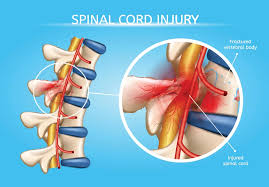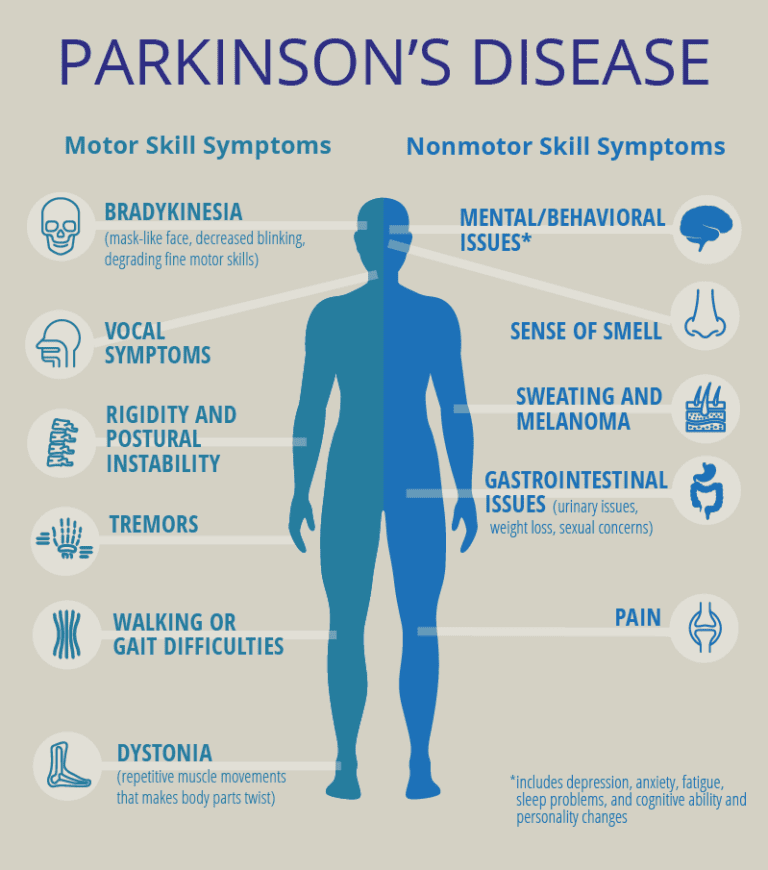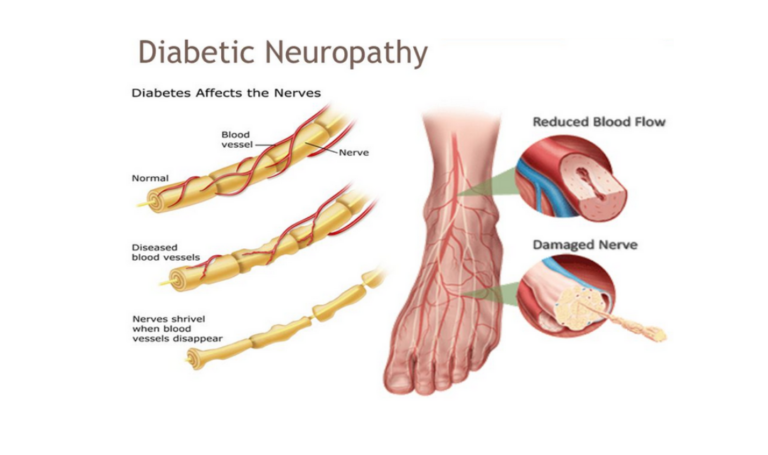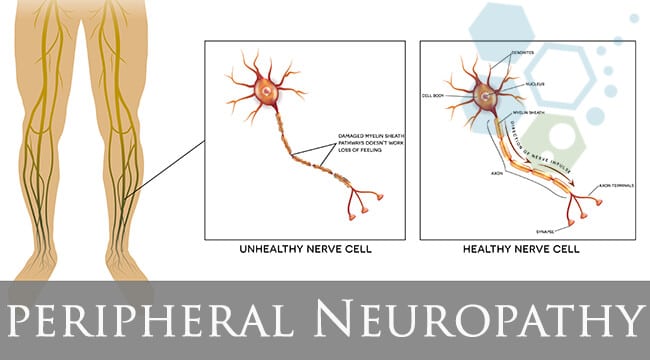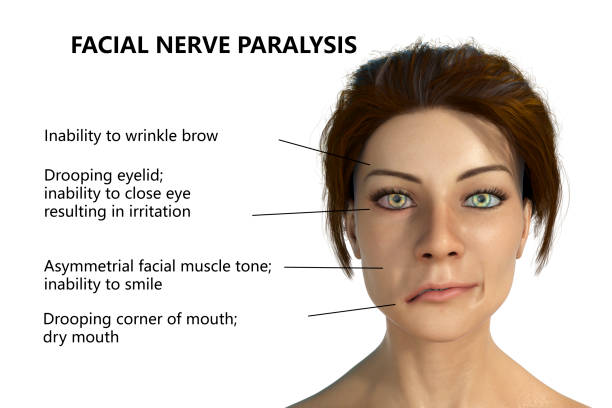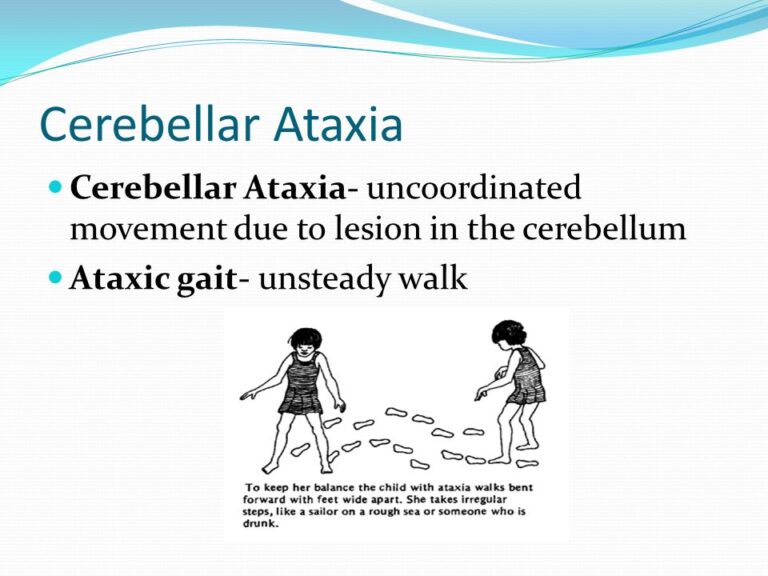Athetoid Cerebral Palsy And Physiotherapy treatment:
What is an Athetoid cerebral palsy? Athetoid cerebral palsy, or dyskinetic cerebral palsy, is a type of cerebral palsy associated with injury, like other forms of Cerebral Palsy, to the basal ganglia in the form of lesions that happens during brain development due to bilirubin encephalitic pathology and hypoxic-ischemic head injury. Unlike other types of…

